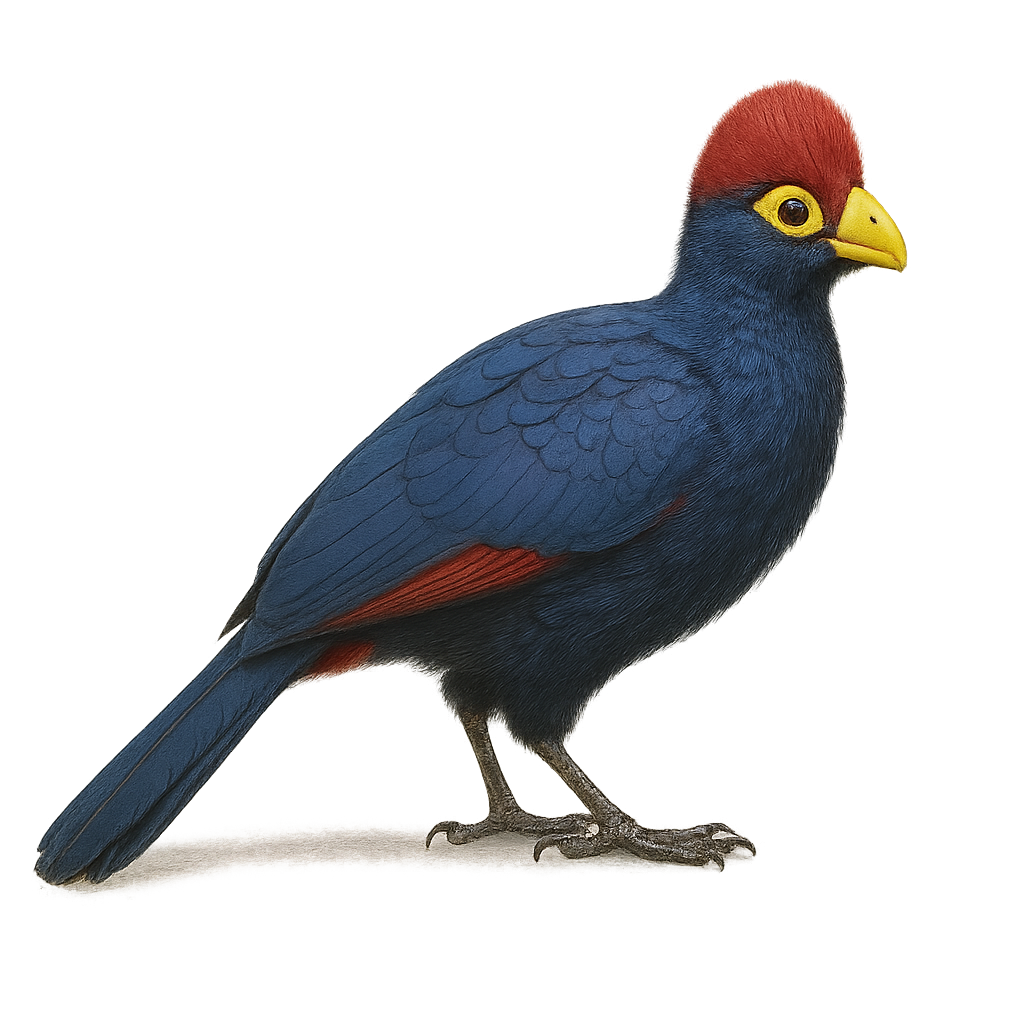Your wildlife photography guide.
Explore the lady ross's turaco in detail, study its behavior, prepare your shots.
Where to observe and photograph the lady ross's turaco in the wild
Learn where and when to spot the lady ross's turaco in the wild, how to identify the species based on distinctive features, and what natural environments it inhabits. The WildlifePhotographer app offers tailored photography tips that reflect the lady ross's turaco’s behavior, helping you capture better wildlife images. Explore the full species profile for key information including description, habitat, active periods, and approach techniques.
Lady Ross's Turaco
Scientific name: Tauraco rossae

IUCN Status: Least Concern
Family: MUSOPHAGIDAE
Group: Birds
Sensitivity to human approach: Suspicious
Minimum approach distance: 10 m
Courtship display: June to July
Incubation: 21-23 jours
Hatchings: June to August
Habitat:
Tropical forests, wooded savannas, wetlands
Activity period :
Primarily active during the day, with peak activity in the morning and late afternoon.
Identification and description:
The Lady Ross's Turaco, Tauraco rossae, is a striking bird known for its vibrant plumage and fascinating social behaviors. Native to the forests of Central Africa, this bird features predominantly blue-violet plumage with shades of green and red, making it easily recognizable. It is often seen in small groups, moving nimbly through the tree canopy. The turaco primarily feeds on fruits but can also consume flowers and leaves. Its distinctive call often echoes through the forest, adding an auditory dimension to its natural habitat. Although its conservation status is currently of concern, protecting its habitat is crucial for its long-term survival.
Recommended lens:
400 mm – adjust based on distance, desired framing (portrait or habitat), and approach conditions.
Photography tips:
To photograph the Lady Ross's Turaco, it is advisable to use a telephoto lens of at least 400mm to capture precise details without disturbing the bird. Look for areas where fruits are abundant, as these birds are often attracted to food sources. Be patient and discreet, as although they are suspicious, they can get used to your presence if you remain still. Morning or afternoon light is ideal for bringing out the vivid colors of their plumage.
The WildlifePhotographer App is coming soon!
Be the first to explore the best nature spots, track rutting seasons, log your observations, and observe more wildlife.
Already 1 430 wildlife lovers subscribed worldwide

